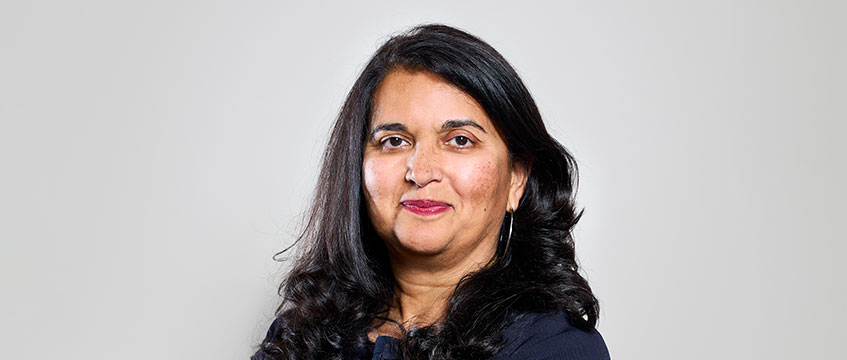COMMENT Working out how to effectively deliver cultural change at any business can be a challenge. It cannot be mandated from the top down, as it won’t get the employee buy-in necessary for success. Cultural change needs to involve the entire workforce, from boardroom through middle management to administrative and support staff. Every single person at a company has an essential role to play in that company’s success, so their personal perspectives should be considered too.
As a business straddling both property and tech, Essensys has a specific vantage point on diversity, equity and inclusion in the workforce and in the industry. Property, though improving, is perceived as a traditional sector with people often drawn from the same social circles and universities, while tech has from the beginning been a more diverse sector, though its ability to attract women has affected its gender diversity. For Essensys, DE&I is top of the agenda alongside the other business priorities of growth and product development.
Influencing behaviour
In DE&I the concept of “nudging” has a significant role. Nudge theory is a behavioural technique that suggests people can be influenced by small suggestions and positive reinforcements. Essentially, the idea is that cultural change is best implemented through persistent and consistent work to keep it top of the agenda and a focus of management.
Regular communication and “temperature checks” with employees can help to develop effective DE&I programmes. Gathering data via surveys enables companies to benchmark cultural changes and understand if the right questions are being asked, and creates regular touchpoints with teams. A benefit of using surveys across the company is the ability to show employees that progress is being made. Psychologically, a sense of momentum is extremely powerful – we are much more likely to make behavioural changes if we feel as if we are already making progress. It also helps to hold management to account and track progress.
A careful balance
Nudging DE&I up the agenda is an effective way to instigate change. It also relates to how we hold ourselves accountable. Are we doing enough? Are we working with our teams effectively to understand their priorities? When interviewees question our approach, do we have a robust answer and, crucially, data to back up our approach?
Nudging can sometimes give rise to criticism; people can view it as less impactful and slower to deliver results. But this reaction fails to recognise the benefit of constant and sometimes subtle reminders, rather than heavy-handed programmes. Implementing change with employees is always a careful balance.
Nudging also relates to how changes are implemented with employees – by consistently looking at the socio-economic make-up of the company, we can understand if our pool of talent is drawn from a wide range of educational and social backgrounds. If not, it prompts us to hold a mirror up to ourselves and question whether we are doing enough to encourage people to apply for roles and whether we are looking outside of traditional universities.
Forum for discussion
At Essensys, we have found that a programme of events, with both internal and external speakers, provides a forum for people to talk about their own lived experiences. It has been an effective way of sharing perspectives, encouraging conversation and building awareness.
From a business perspective, more can always be done to ensure a diverse workforce and an environment where people feel recognised and supported to be their authentic selves at work.
Achieving meaningful progress requires real change, collaboration, commitment and dedication. It must be a long-term passion and commitment that has to be embedded into everything we do.
By nudging, you are constantly reminding yourself and the organisation that we should look at everything we do through an inclusive lens. By taking this approach, it is possible to make a real change on DE&I and drive company success.
Kally Kang-Kersey is chief people officer at Essensys











